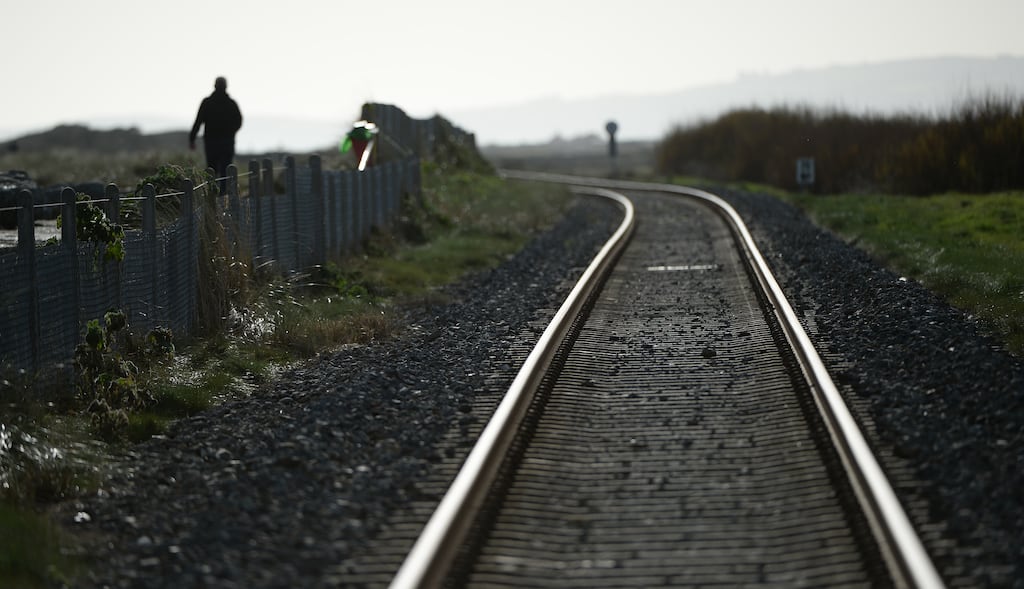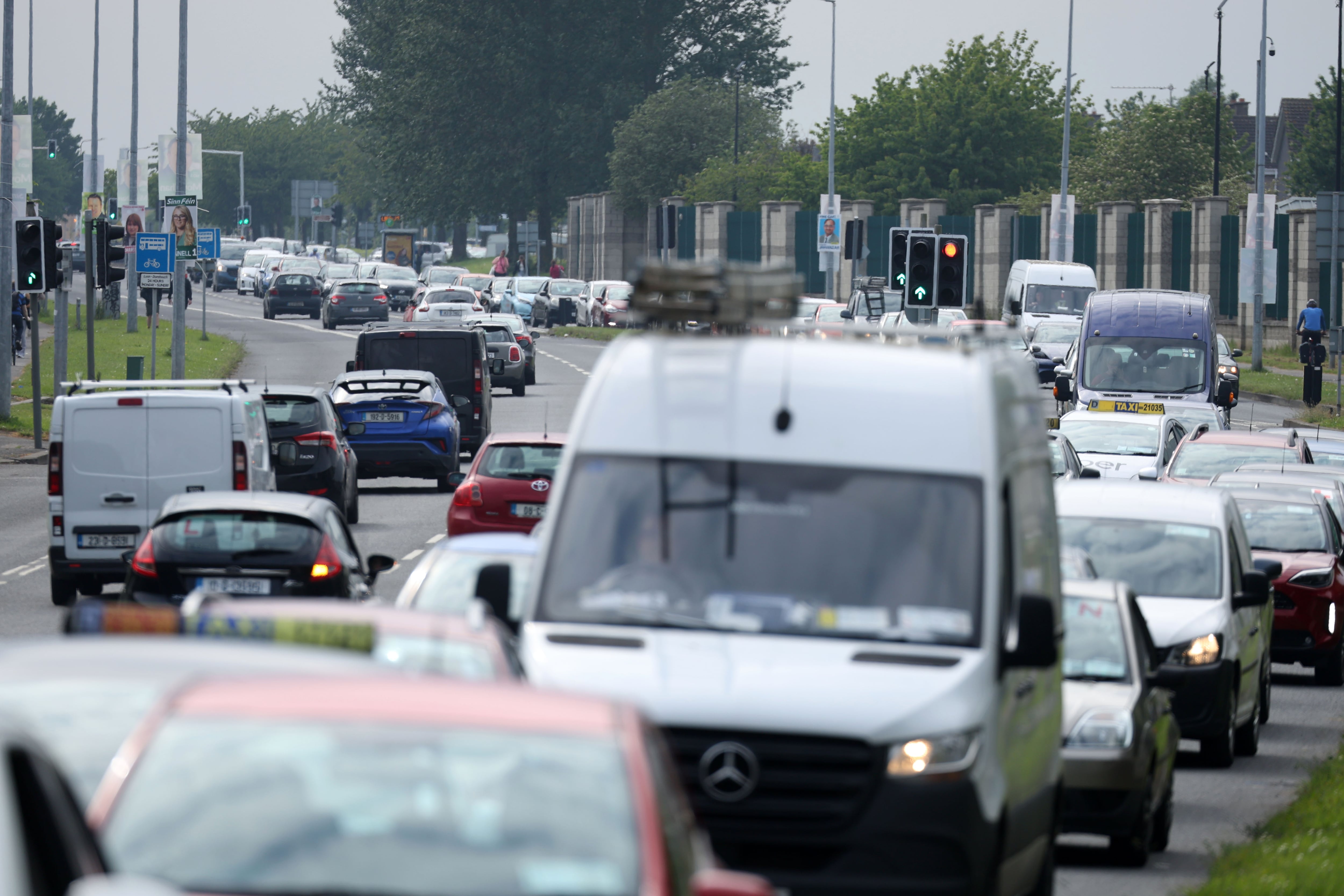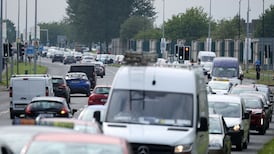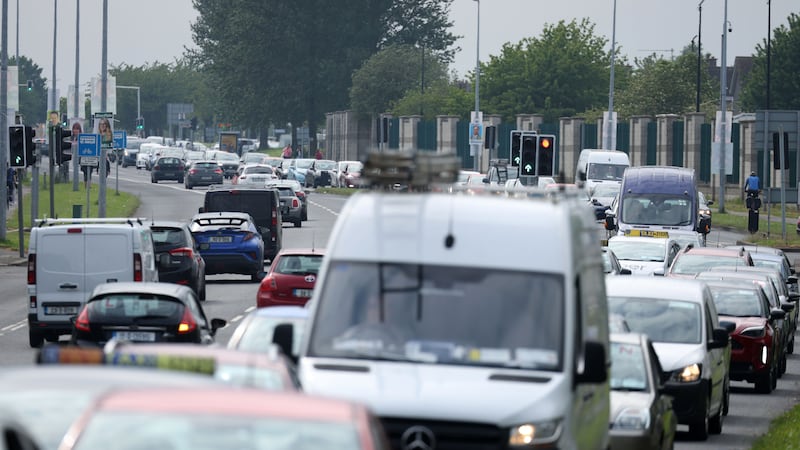What is the rail review, and what are its main recommendations?
In essence, this a document aimed at setting out early plans for the transformation of the current rail system through electrification, faster speeds, improved frequency, and new routes for people and freight. This is particularly the case across the west and North, with the plan being all-island in nature. It envisages increasing the frequency of services to at least an hourly service between major cities and to having at least one train every two hours between other centres, as well as improving line speeds on various parts of the network.
There are also plans to enhance rail capacity for freight, taking more trucks off the roads. It also recommends decarbonising the rail network with more electrification and use of battery and hydrogen traction. The plan is just a draft, however, and a final version will still need to be approved by governments north and south, most likely at the end of the year.
Can we expect to see any new routes?
The review recommends the upgrade of Limerick Junction and the Limerick Junction to Waterford line. It recommends that the Western rail corridor railway between Claremorris and Athenry be reinstated, and that services be extended into Tyrone, Derry and Donegal. The review would seek to reinstate the Antrim to Lisburn line with a station at Belfast International Airport. The Wexford to Waterford railway line would also be reinstated.
Would there be changes to existing lines?
If the plan proceeds as envisaged, the core intercity railway network – Dublin, Belfast, Cork, Limerick, Galway and Waterford – would be upgraded to top speeds of 200km/h which would ensure train journeys are faster than those by car. The cross-country rail network would be upgraded to a dual-track railway, which basically means trains would not have to idle and wait for an oncoming train to pass on the track, speeding up journeys.
RM Block
What would the benefits be for people considering taking the train?
The Department of Transport says there would be a number of benefits. Firstly, the rail network would be decarbonised. Under the plan, some 700,000 more people would live within 5km of a railway station. Rail journey times between some major cities could be halved. Services on the busiest intercity routes could run every 30 minutes in some cases. Rail passenger numbers could double. Some 90 per cent of aviation passengers could travel to the airport by rail. Two thirds of freight tonnage could pass through ports served by rail. And the island’s economy could be boosted by €20 billion, it has claimed.
How much will this cost?
This is a €36 billion plan, with the costs split 75-25 between the Republic and North, so that’s €27 billion to €9 billion (£7.7 billion sterling). Because it is not yet Government policy, however, it is a case of wait and see what exact resources will be allocated by both governments, and over what time period. If this investment was split evenly across 25 years at 2023 prices, then it would amount to annual capital investment in the rail system of €1 billion every year over and above existing plans. This is roughly equivalent to peak annual investment in the motorway network in the late 2000s.
And what are those time periods? When will all of this actually happen?
Minister for Transport Eamon Ryan said on Tuesday that it would take three decades to realise the entire plan, but he pledged that there would be timelines attached to each project.
Anything else?
The review also considers whether developing a fully segregated 300km/h high-speed rail network could be a viable option on the island. It finds the benefits of delivering this would significantly outweigh the costs. On the other hand, it also finds that it would likely have a” significant adverse impact on the natural environment and would risk generating more carbon through construction than would be offset through attracting more demand to the railways”.


















